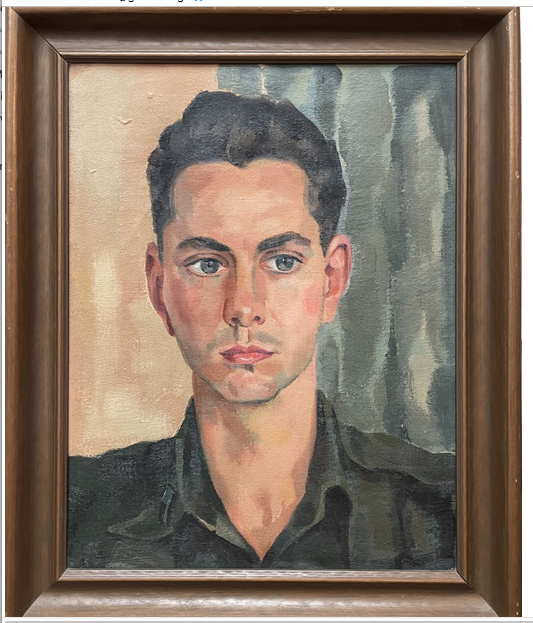I wrote in the article about Wiegmann’s years in Hof a.d. Saale (in German,LINK):
Survival – In February 1945, Fritz Wiegmann was transferred from Berlin to Hof an der Saale in Upper Franconia for the purpose of a gallstone operation and was overtaken there by American troops in April 1945. The population of the city on the border to the Egerland swelled at times to 55,200 inhabitants due to refugees and displaced persons. At that time he also spoke to Stauffenberg’s widow several times, already behind American lines in the home of a family friend. Explosives for the assassination of Hitler had been supplied by the Secret Service and should have formed a crater. But the barracks had been dug in. v.Trott was the ‚head‘ of the opposition; his request in England for an armistice was answered in the negative: unconditional surrender! (Personal communication in the late 1960s.) Then the Iron Curtain put the region in an extreme peripheral position, cutting it off from the formerly neighboring Bohemia, Vogtland and Thuringia. The borders passed only a few kilometers from the town. For a cosmopolitan free spirit and big city dweller like Fritz, the place with its traditionally pronounced local pride was the most unsuitable cornerWhile he was for a short time prisoner of war, American officers and soldiers became aware of the portrait painter Wiegmann. In the Frankfurt City Archives are four reproductions and sixteen personal letters of thanks of American soldiers, often with home addresses. Wiegmann’s first home, three miles south of Hof, in Oberkotzau, is mentioned there. If we ask what Wiegmann lived on then, his contacts with the American garrison is certainly part of the answer. (…….) >>
